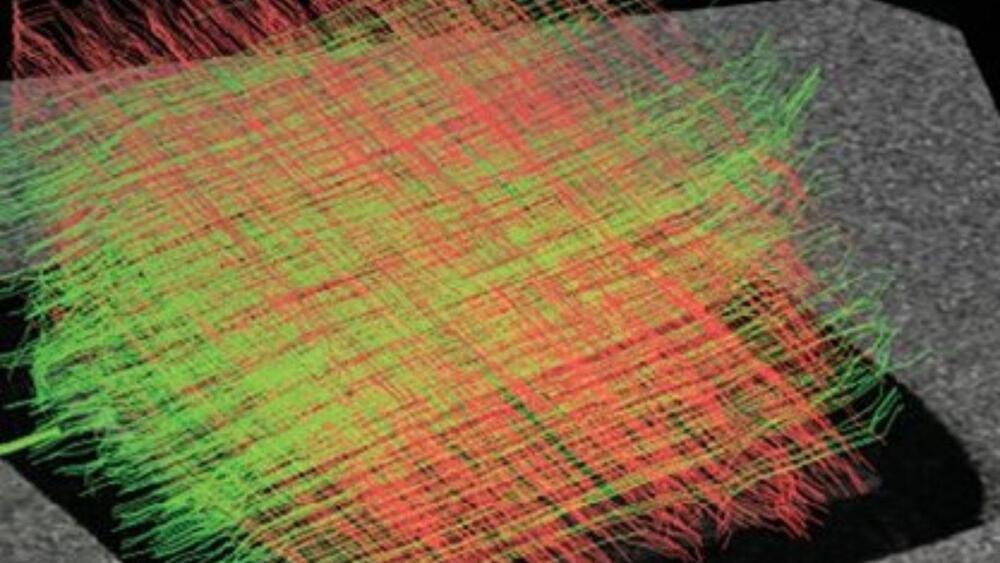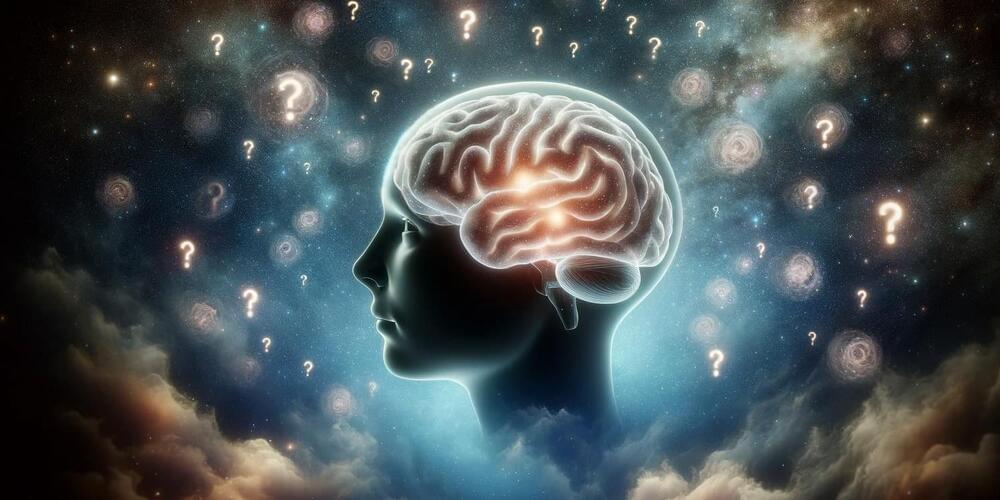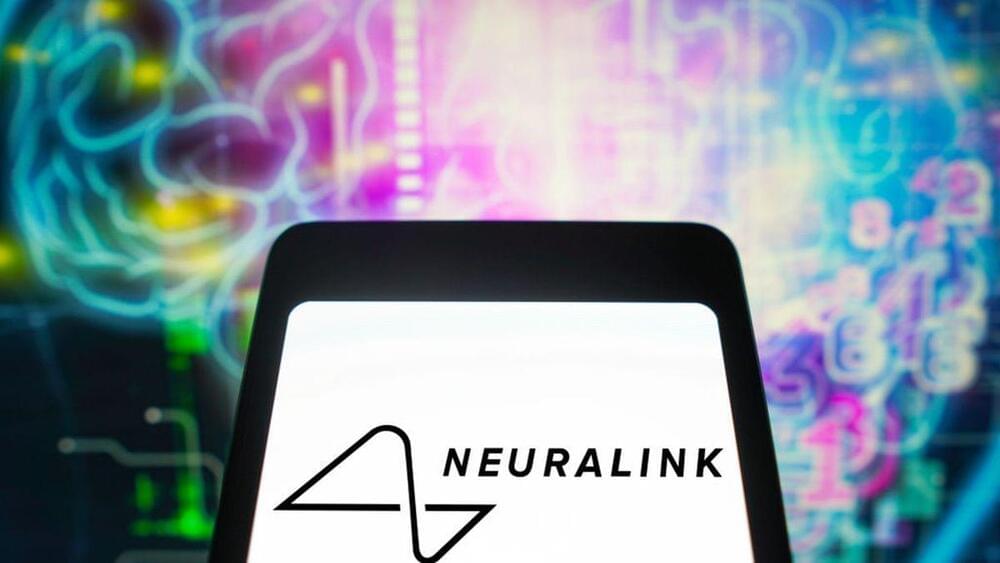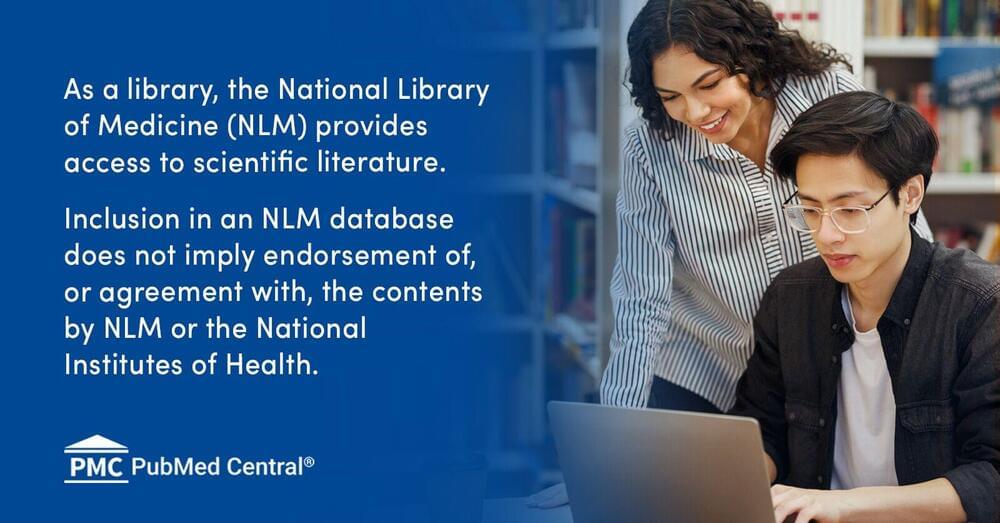Are you or someone you know struggling with porn addiction? Do you wonder how to quit porn effectively? To quit porn addiction, we need to understand the root causes of porn addiction first. This is a tough subject to talk about, which is why we made this video.
Category: neuroscience – Page 462
Anti-Aging Breakthrough? This FDA-Approved Procedure Reversed Aging in Multiple Clocks In Human Trial
Plasma exchange human trials.
TPE Treatment, is an FDA-approved treatment for many autoimmune diseases, shows age reversal identified by multiple biological clocks. It improved both physical strength and mental health in human clinical trial(unpublished data) presented by Dr. Kiprov.
TPE Treatment remove certain harmful substances circulating in plasma to nourish cellular habitat and support regenerative factors. A special machine separates the polluted plasma from blood cells. The aged, polluted plasma is discarded and replaced with clean, individualized, plasma-like replacement fluids, albumin, immunoglobins and other regeneration promoting factors. The new solution of freshly-cleaned blood is infused back to the body.
Reference Links:
https://link.springer.com/article/10…
https://www.lifespan.io/news/plasma-d…
https://pubmed.ncbi.nlm.nih.gov/34074…
https://link.springer.com/article/10…
More About Dr. Kiprov:

Oxford researchers uncover remarkable archive of ancient human brains
A new study conducted by researchers at the University of Oxford has challenged previously held views that brain preservation in the archaeological record is extremely rare. The team carried out the largest study to date of the global archaeological literature about preserved human brains to compile an archive that exceeds 20-fold the number of brains previously compiled. The findings have been published today in the Proceedings of the Royal Society B.

World’s first high-resolution ‘brain phantom’ 3D printed by researchers
Marking a significant advancement in medical technologies, a team of researchers from the Medical University of Vienna and Vienna University of Technology (TU Wien) has 3D printed the world’s first high-resolution brain.
Modeled after the structure of brain fibers, the 3D-printed “brain phantom” can be imaged with a specialized form of magnetic resonance imaging (MRI) known as dMRI.
Watch Neuralink’s First Patient Play Chess Using Brain Implant | WSJ News
Elon Musk’s Neuralink introduced the first patient to receive its brain-computer implant, demonstrating during a livestream that he can now move a computer cursor to play chess using the device. Photo: Neuralink.
#ElonMusk #Neuralink #WSJ

New neuroscience research sheds light on the mystery of mind blanking
Neuroscientists have taken a step closer to understanding those moments when our thoughts seem to vanish into thin air, a phenomenon known as “mind blanking.” A study published in The Journal of Neuroscience reveals that when people report having no identifiable thoughts — mind blanking — there is a marked reduction in brain activity across several key regions. This intriguing discovery contributes to broader conversations about consciousness and our ability to report experiences.
The authors behind the new study sought to better understand a relatively understudied area of cognitive neuroscience: the phenomenon of mind blanking, where individuals find themselves unable to recount their immediate-past mental content. Unlike mental states with reportable content, such as daydreaming or engaging in a task, mind blanking represents a unique state of consciousness that lacked thorough neural characterization.
“In the past 10 years, I have researched human unconscious states where communication is restricted (post-comatose disorders),” said corresponding author Athena Demertzi, a tenured research associate of the Belgian Fund for Scientific Research and director of the Physiology of Cognition Lab at the University of Liège, Belgium.

1st Neuralink patient shown using brain chip to control computer and play chess in unexpected livestream
The first person with Neuralink’s computer-linked chip implanted in the surface of their brain showed off their “telekinetic” online chess-playing skills while discussing the “life-changing” procedure for the first time in a surprise livestream.
Noland Arbaugh, a 29-year-old with quadriplegia (or paralysis that affects the body from the neck down), volunteered to have the device implanted as part of Neuralink’s ongoing trial of the technology. Until now, his identity had remained a closely guarded secret.

From Neuronal Differentiation of iPSCs to 3D Neuro-Organoids: Modelling and Therapy of Neurodegenerative Diseases
In the last decade, the advances made into the reprogramming of somatic cells into induced pluripotent stem cells (iPSCs) led to great improvements towards their use as models of diseases. In particular, in the field of neurodegenerative diseases, iPSCs technology allowed to culture in vitro all types of patient-specific neural cells, facilitating not only the investigation of diseases’ etiopathology, but also the testing of new drugs and cell therapies, leading to the innovative concept of personalized medicine. Moreover, iPSCs can be differentiated and organized into 3D organoids, providing a tool which mimics the complexity of the brain’s architecture. Furthermore, recent developments in 3D bioprinting allowed the study of physiological cell-to-cell interactions, given by a combination of several biomaterials, scaffolds, and cells.

Neural and behavioural state switching during hippocampal dentate spikes
Here we show that DS2 is an online, synchronous population event accompanied by widespread increases in neural activity and brief arousalions. On the basis of the stationary activation of place cells with fields close to the mouse’s current location, we propose that DS2 may serve as a mechanism to regularly ground the hippocampal representation of position in an environment during immobility. Rapidly switching between current (DS2) and remote (SPW-R) locations would enable cognitive flexibility that varies with sudden changes in the animal’s internal state or changes in the environment (for example, a startling noise). Synchronous neural activity during DS2 may provide opportunity windows for synaptic plasticity, consistent with our findings linking DS2 to associative memory formation.
At the microcircuit level, distinct brain states are shaped by the non-uniform recruitment of local inhibitory cells, which are key for directing information flow27. As arousal-activated AACs heterogeneously innervate principal cells19,20 and are highly active during DS2 but mostly silent during SPW-Rs, this GABAergic cell (and probably others, such as TORO cells) may be important in regulating the distinct ensemble activity between DS2 and SPW-Rs. At a network level, DS2 is thought to be primarily triggered by the medial entorhinal cortex, which contains neurons that encode self-referenced movement variables, locations and environmental borders28,29,30. This self-referenced spatial input may indeed be key for recruiting spatially tuned hippocampal cells corresponding to an animal’s current position during DS2. Both tones and air puffs reliably evoked DS2 and promoted current position encoding, but the identity of the stimulus (tone versus puff) could not be reliably decoded.

Advantages of CRISPR-Cas9 combined organoid model in the study of congenital nervous system malformations
In the past 10 years, gene-editing and organoid culture have completely changed the process of biology. Congenital nervous system malformations are difficult to study due to their polygenic pathogenicity, the complexity of cellular and neural regions of the brain, and the dysregulation of specific neurodevelopmental processes in humans. Therefore, the combined application of CRISPR-Cas9 in organoid models may provide a technical platform for studying organ development and congenital diseases. Here, we first summarize the occurrence of congenital neurological malformations and discuss the different modeling methods of congenital nervous system malformations. After that, it focuses on using organoid to model congenital nervous system malformations. Then we summarized the application of CRISPR-Cas9 in the organoid platform to study the pathogenesis and treatment strategies of congenital nervous system malformations and finally looked forward to the future.
Keywords: organoid, CRISPR-Cas9, congenital nervous system malformation, central nervous system, 3D